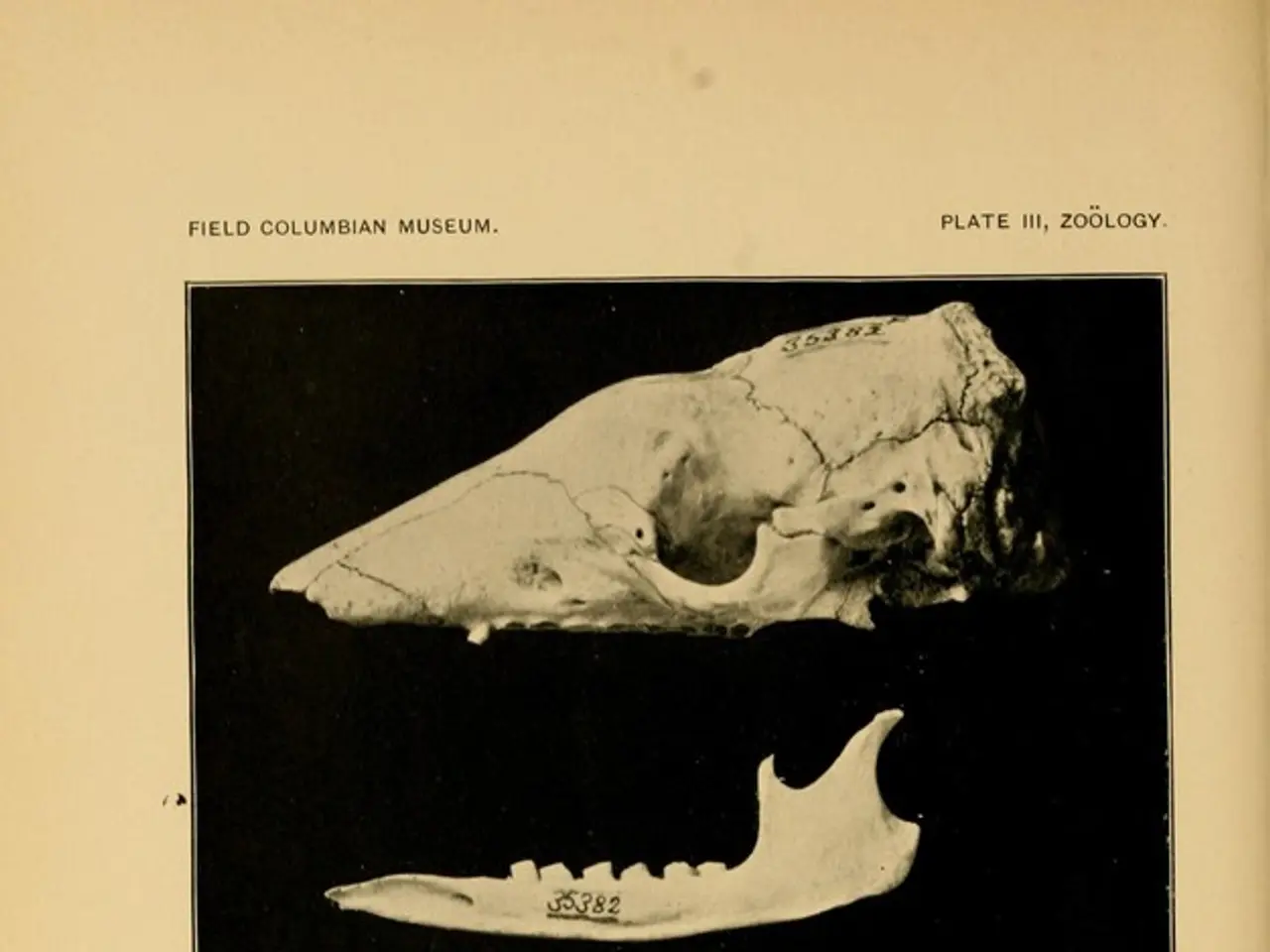Foot's Crucial Ligament and Muscle Link Revealed
The foot's intricate structure includes the dorsal cuneonavicular ligament, a thin fibrous strip connecting the navicular bone to the cuneiform bones. This ligament plays a crucial role in foot stability and mobility.
The navicular bone, positioned below the talus and above the cuneiform bones in the tarsus, is securely attached to the three cuneiform bones via the dorsal cuneonavicular ligament. Each cuneiform bone, in turn, connects to a metatarsal bone, facilitating the connection between the foot and the toes. Injuries or damage to this area can result in strained ligaments, leading to pain and tenderness.
The tibialis posterior muscle, a key player in foot inversion and plantar flexion, is directly connected to the region surrounding the dorsal cuneonavicular ligament via tendons. This connection aids in the muscle's ability to support the arch of the foot and maintain its stability.
Understanding the role of the dorsal cuneonavicular ligament and its connection to the tibialis posterior muscle is vital for diagnosing and treating foot injuries. Damage to this ligament can significantly impact foot function and mobility, highlighting the importance of prompt medical attention and appropriate care.






